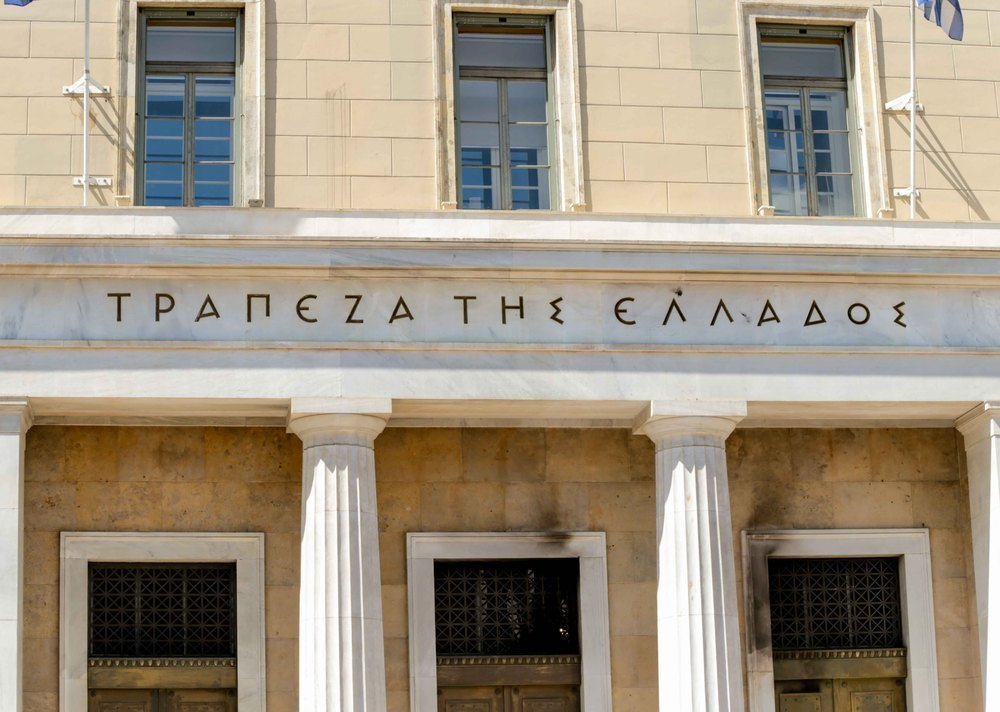The acceleration of inflation mainly reflects two interrelated supply-side shocks:
One comes from the pandemic. Actually, we had a series of pandemic shocks, then we had an energy shock, and finally we have the invasion of Russia in Ukraine, which, regarding its economic implications, is also a supply-side shock.
In the short term, its implications are stagflationary, but, in the medium term, the implications are deflationary, depending of course on the resolution of the uncertainty. We do not know much about the resolution of the Ukrainian crisis at this moment, so we have to be cautious.
In light of these supply-side bottlenecks and shocks that we observe and our supportive monetary and fiscal policies, we have witnessed an excess of demand over supply.
This has taken place not only in the euro area but also in much of the world, including the US, which has undertaken a much larger fiscal stimulus than we actually have.
"The excess demand has pushed up the prices of energy products, including oil and natural gas. Natural gas prices have also been affected very much by the invasion of Russia in Ukraine and are likely to increase even more in the future. This is why the above-mentioned supply-side shocks have been interrelated." commented the BoG Governor.
It is not a coincidence that the oil price shock has occurred at precisely the same time as the COVID shock. Of course, as we are approaching the end of the pandemic, the supply disruptions will diminish - a process that has already started. Combined with the gradual elimination of excess demand, the energy shock is likely to subside.
However, the Ukrainian crisis and its resolution is likely to delay this.In light of this situation, the ECB’s projections and the forecasts of all the major financial institutions, of which I am aware of, show that consumer price inflation will converge to 2% in the next two years.















